Scale Insects in Landscape Plants
There is consensus among plant health care professionals that the complex of insect and disease pests in landscape plants is becoming more explosive, harder to predict, and more difficult to manage. As invasive pests like Asian longhorn beetle (1998), brown marmorated stink bug (1998), emerald ash borer (2002), and spotted lanternfly (2014) have been brought in through the back door of global trade, attention has been drawn away from many old-school native pest groups, allowing some to catch a foothold in landscape plants and become increasingly problematic. No landscape plant pests have expanded more in the past decade than scale insects, which have historically been kept in check by biological control agents (predators and parasites), kept at low levels by weather factors, or controlled by collateral effects of treatments targeting other pests. In fact, advances in the technology of pest control may be partially responsible for the increasing threat from this pest group, as fewer systemic and broad-spectrum chemicals are used for non-selective pest management in landscape plants.
Scale insects are an extremely broad and diverse group, made up of two basic subgroups: soft scale and hardshell scale (armored scale). Soft scales are fairly large (visible to the naked eye) and secrete sugary honeydew that forms black mold on the infested plant along with anything beneath. These insects may look like small bumps on twigs and stems and are most commonly located and identified because of the amount of mold that grows on their excrement, turning plants black. Armored scale are much smaller, often not visible to the naked eye, and generally shaped like tiny oysters. Armored scale are most commonly located and identified because of decline/dieback of individual limbs or white, waxy powder on interior stems. Scale insects do not move very much and spend most of their life securely attached to the plant like a tick or a barnacle. All species of scale insects feed on the vascular system of the plants, intercepting critical nutrients moving between leaves and roots, leading to rapid decline of the infested plant.
A majority of common landscape plant species have one or more species of scale insects that feed on them and can cause significant damage; in the 2021 field season, we identified and treated 18 species of scale on properties in Chester, Delaware, and Montgomery counties.
| Plant Species | Soft Scale | Armored Scale |
|---|---|---|
Azalea | Cottony Azalea Scale Azalea Bark Scale | |
Cherry Laurel/Skip Laurel | White Peach/Prunicola Scale | |
Euonymus (Burning Bush) | Euonymus Scale | |
Holly | Cottony Camellia (Taxus) Scale | White Peach/Prunicola Scale |
Rhododendron | Cottony Azalea Scale | |
Yew | Cottony Camellia (Taxus) | |
Viburnum | Cottony Camellia (Taxus) Scale | Oystershell Scale |
Arborvitae | Fletcher Scale | |
Pieris | Azalea Bark Scale | |
Cryptomeria | Maskell Scale | |
Dogwood | Cottony Maple Scale | Japanese Maple Scale |
Redbud | Lecanium Scale | |
Crape Myrtle | Crape Myrtle Bark Scale | |
Cherry/Plum | White Peach/Prunicola Scale | |
Magnolia | Magnolia Scale | |
Hemlock | Fiorina/Hemlock Elongate Scale | |
Spruce | Spruce Bud Scale | |
Witch Hazel | Cottony Camellia (Taxus) Scale | |
Japanese Maple | Japanese Maple Scale | |
Hybrid Elm/Zelkova | European Elm Scale | Japanese Maple Scale |
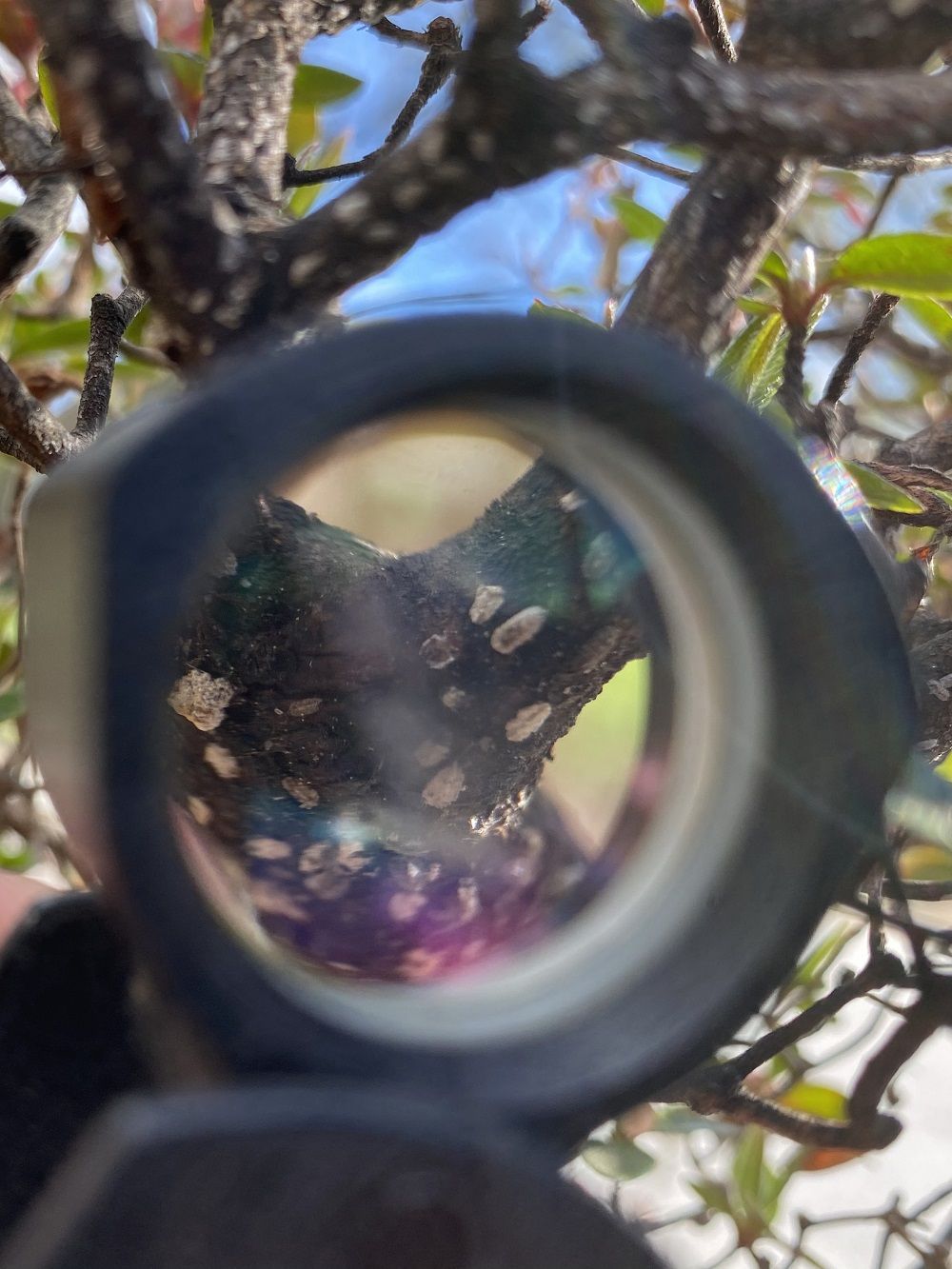
Azalea Bark Scale
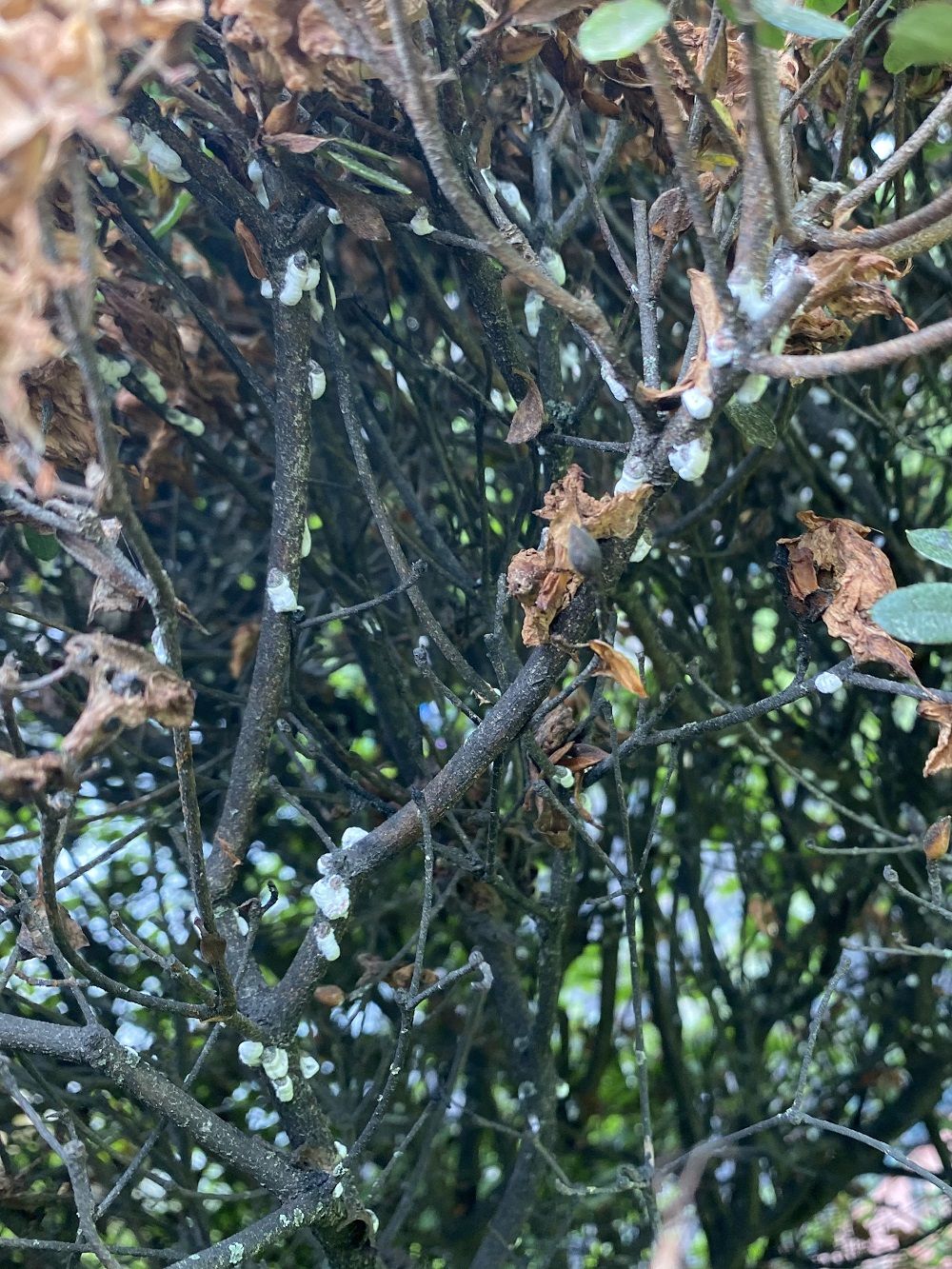
Azalea Bark Scale
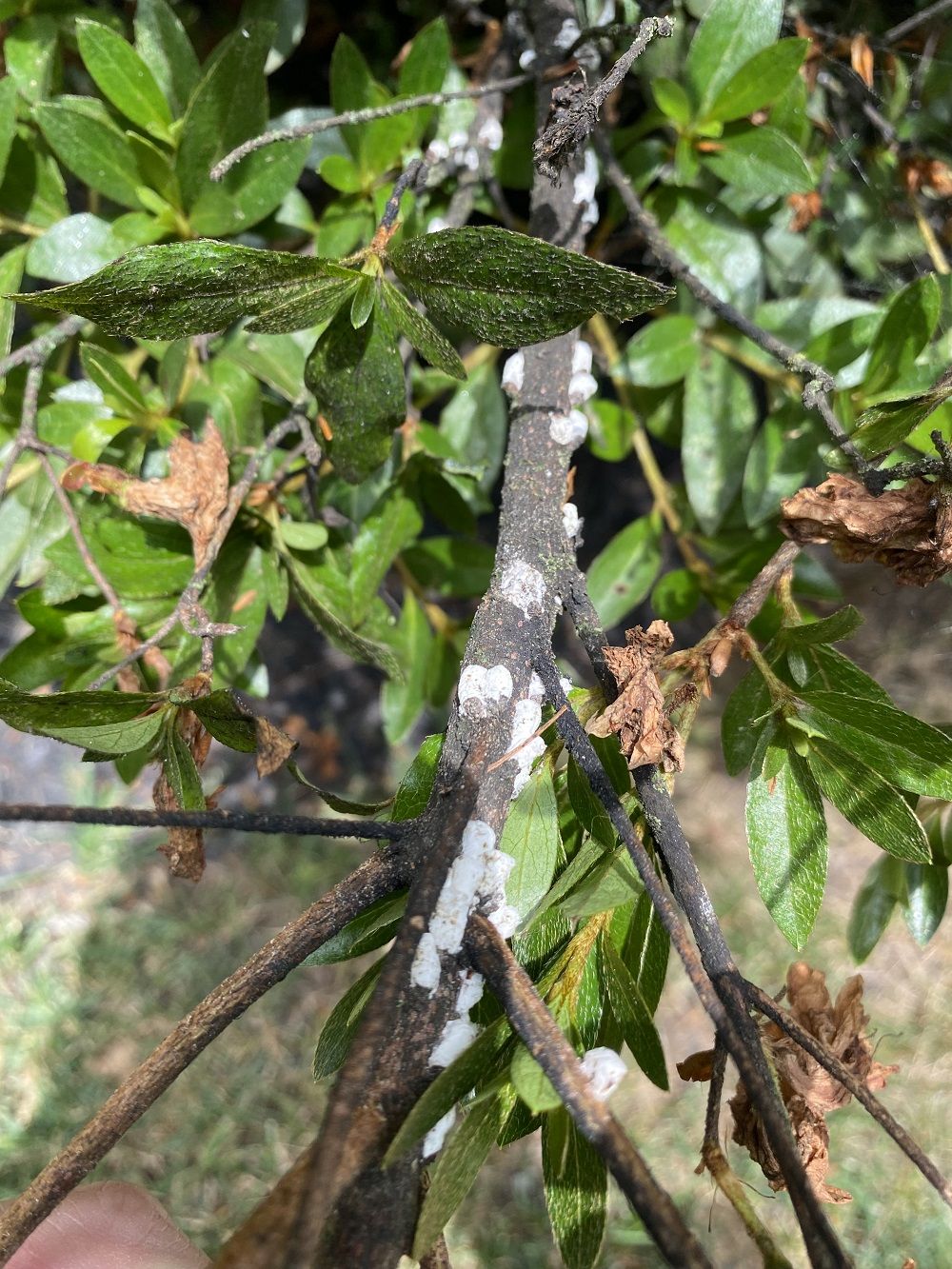
Cottony Azalea Scale
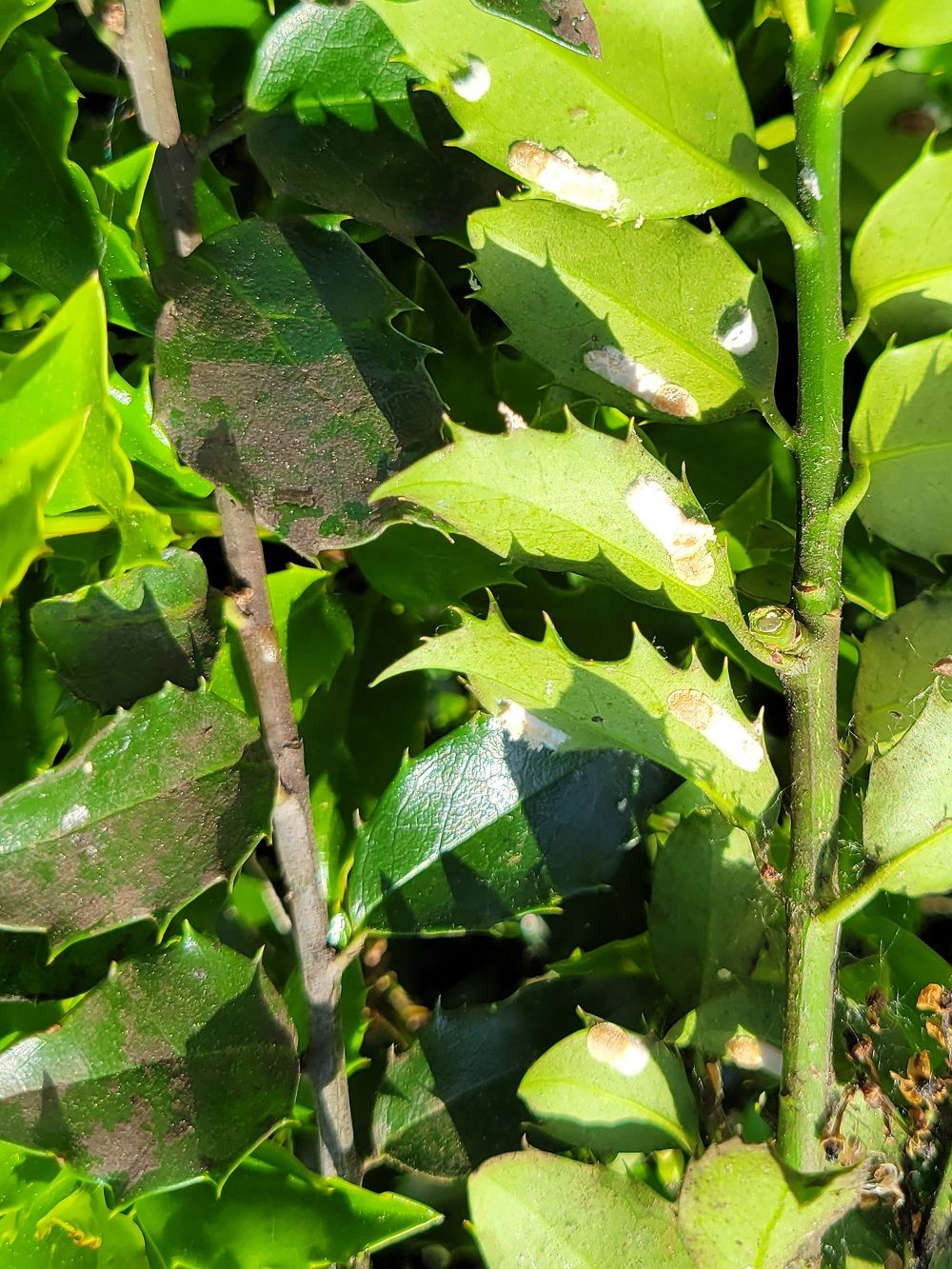
Cottony Camelia Scale
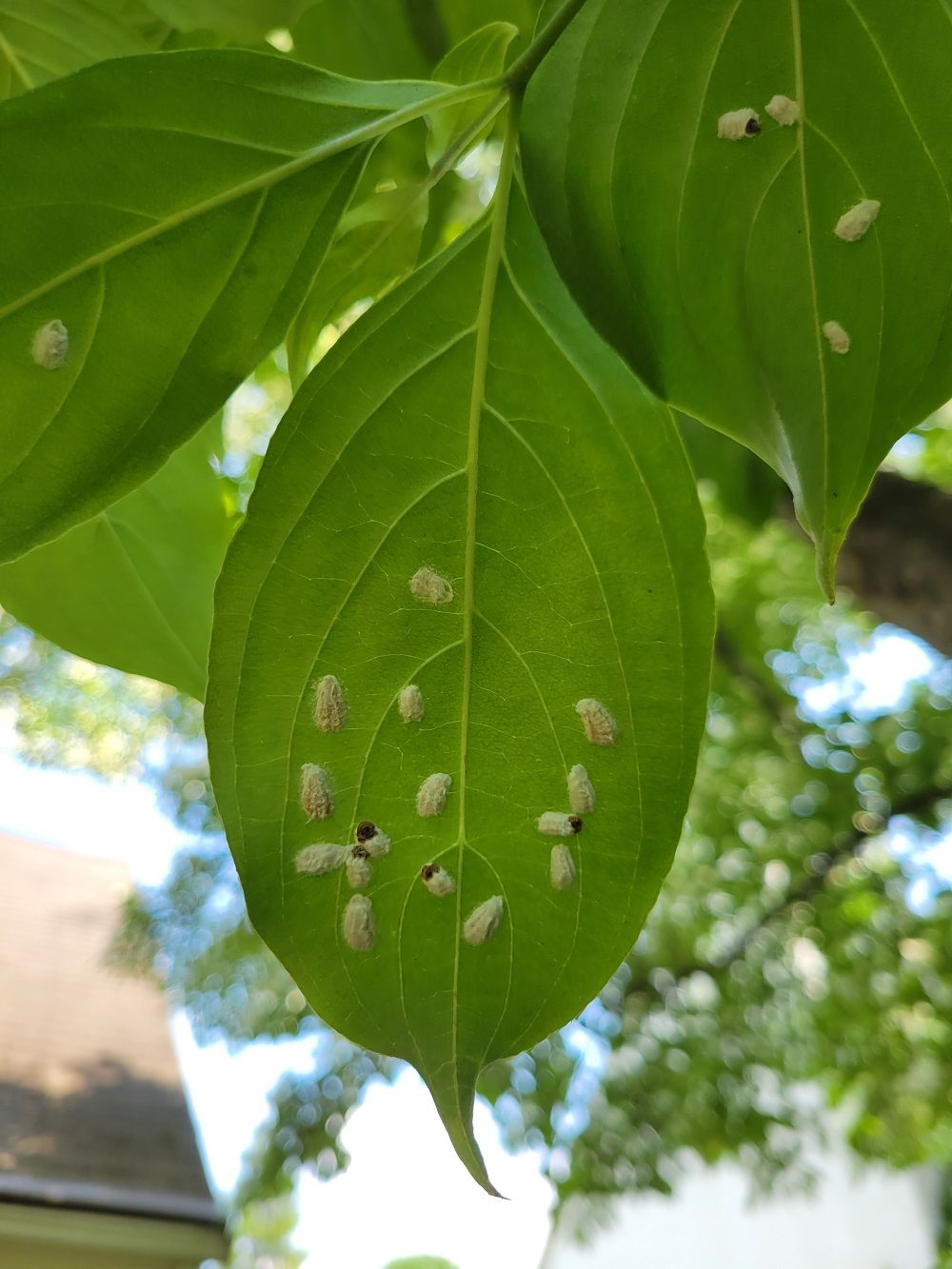
Cottony Maple Scale
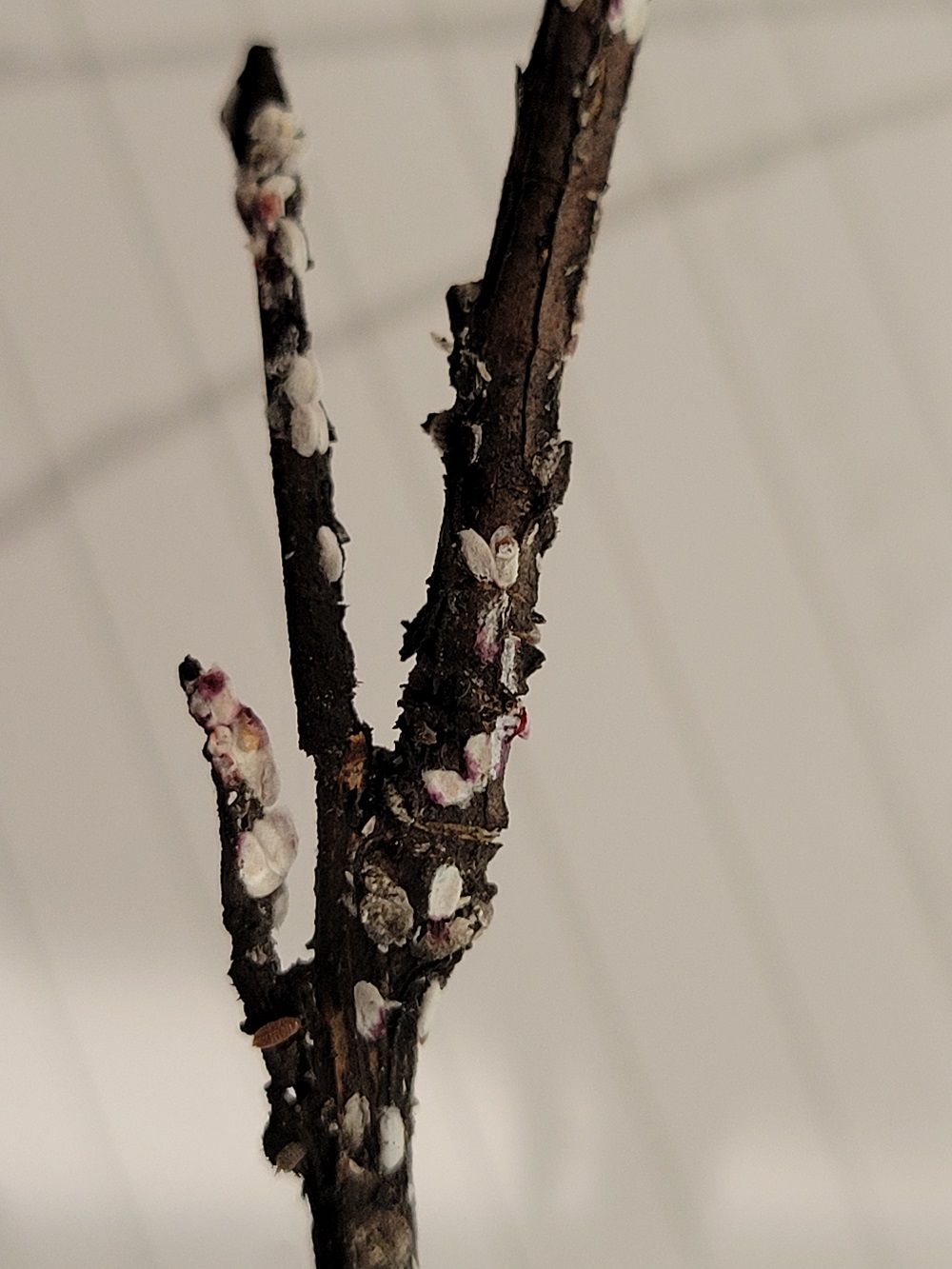
Crape Myrtle Bark Scale
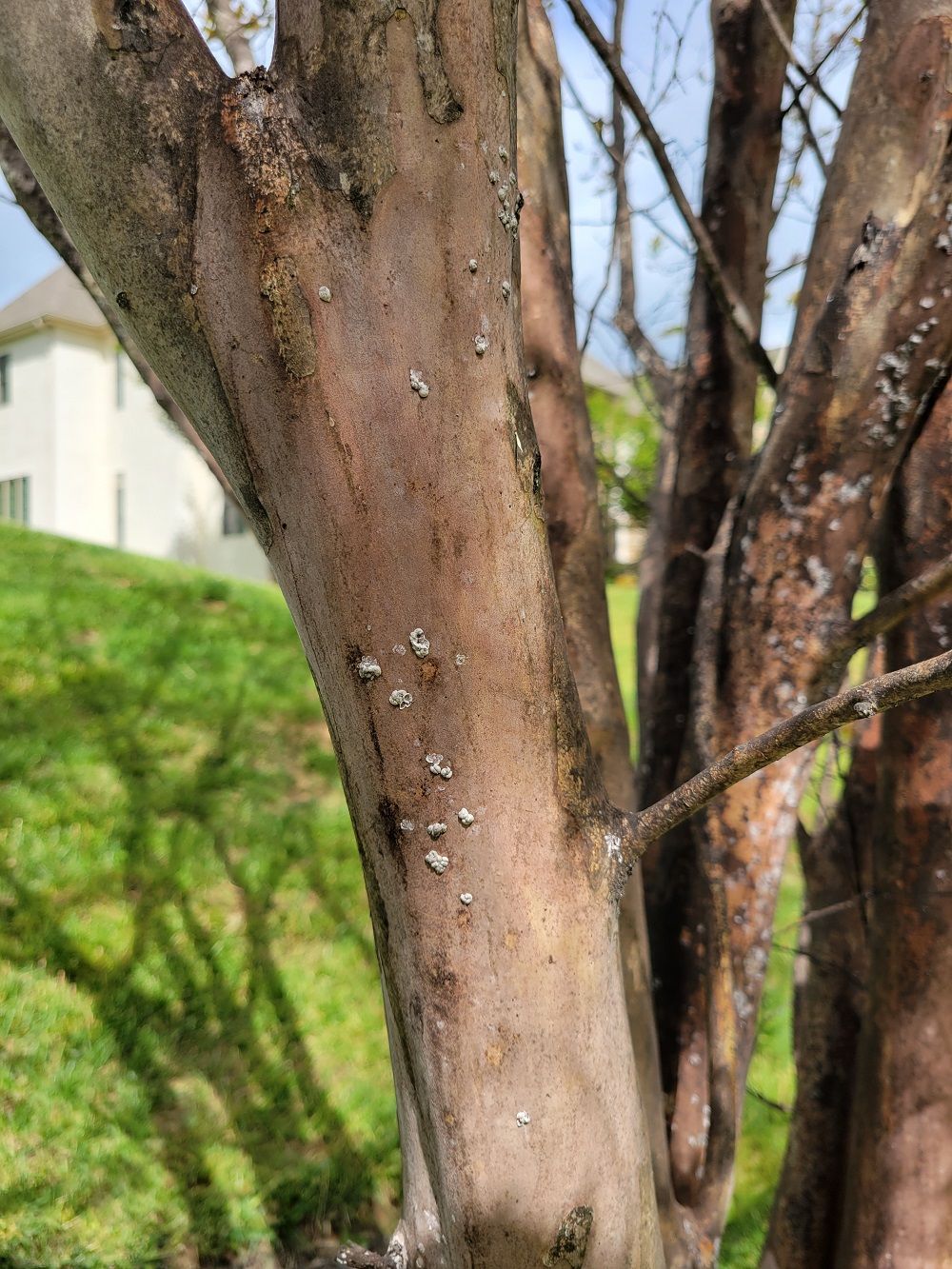
Crape Myrtle Bark Scale
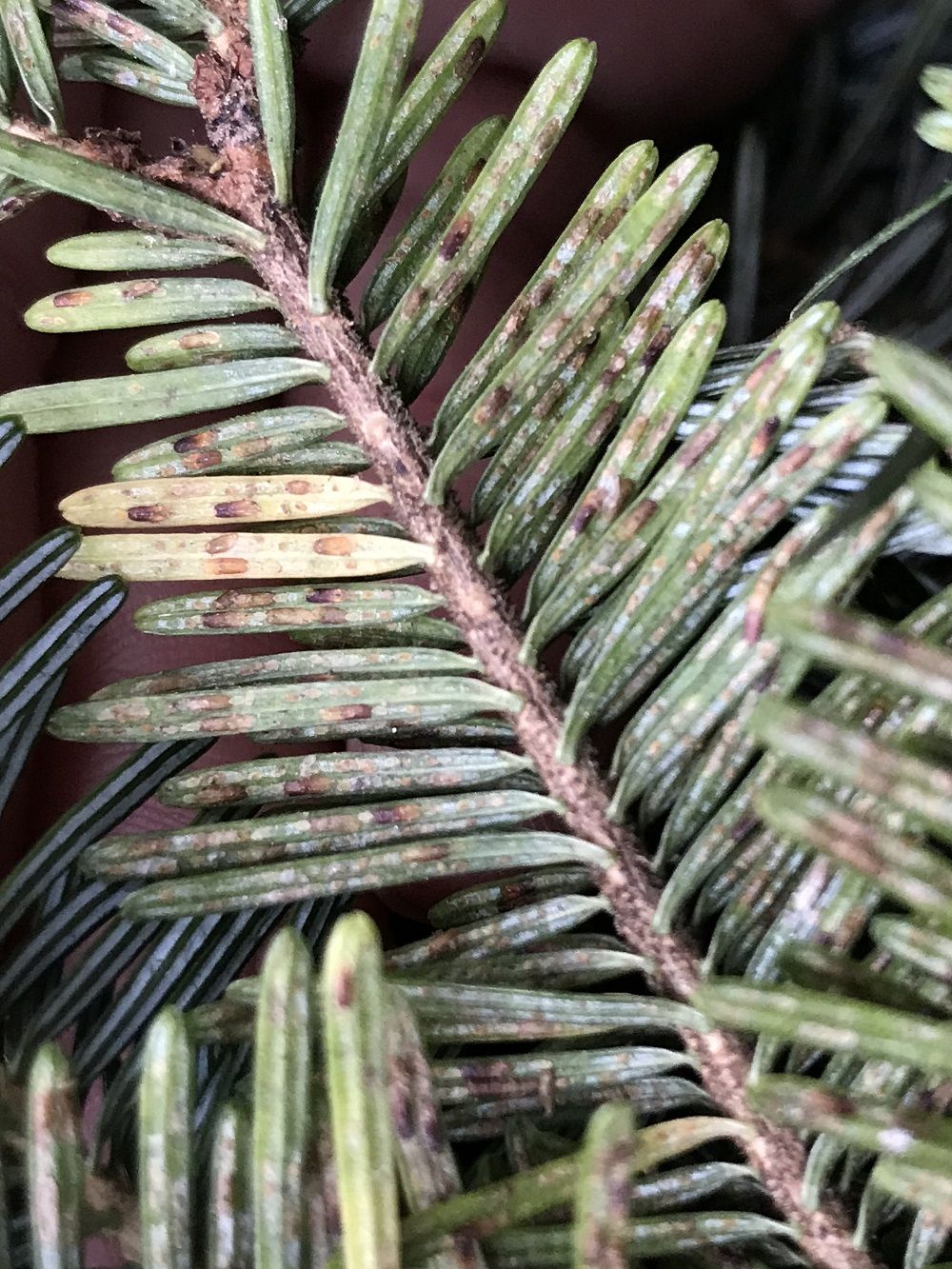
Elongate Hemlock Scale
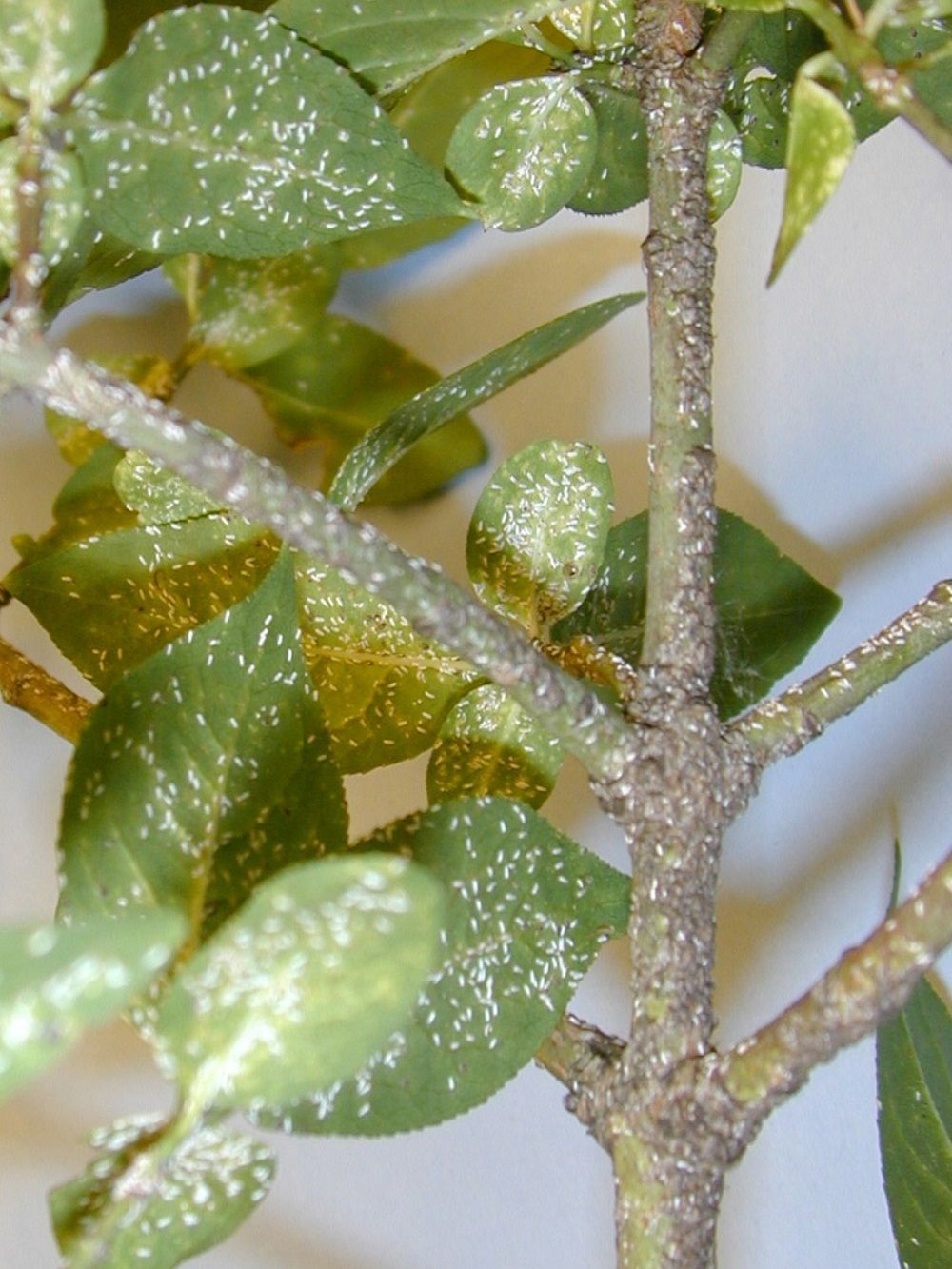
Euonymus Scale
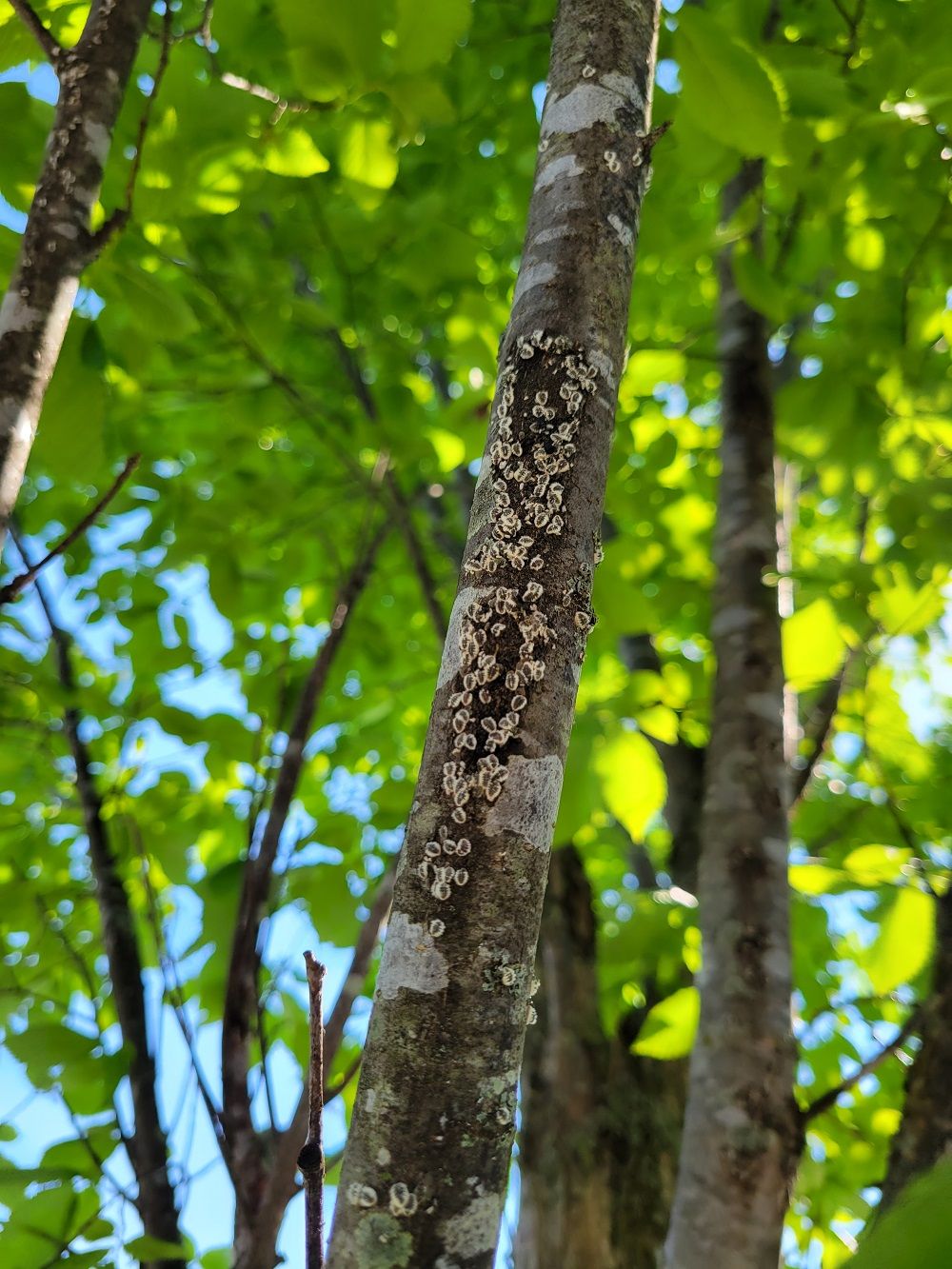
European Elm Scale
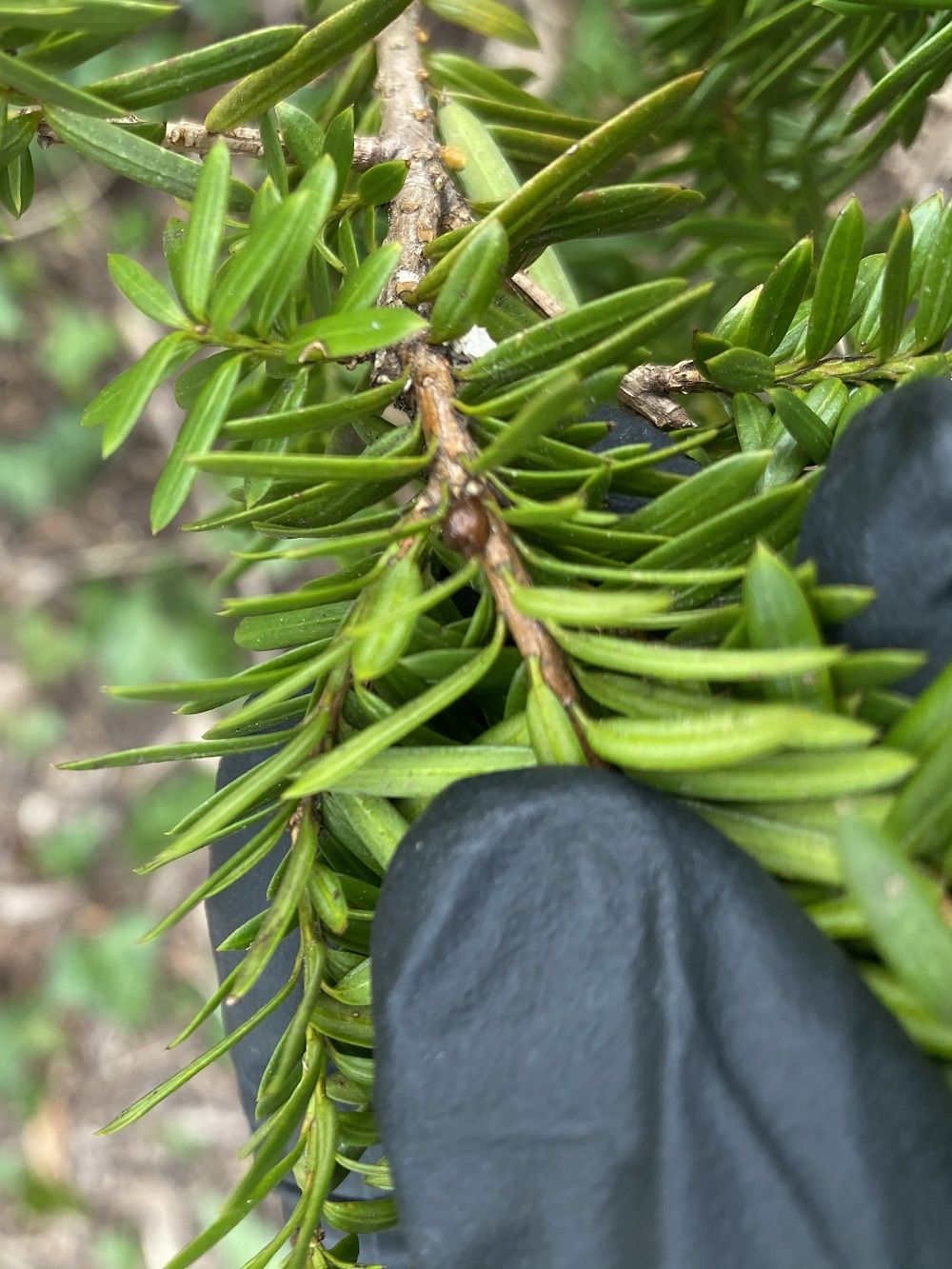
Fletcher Scale
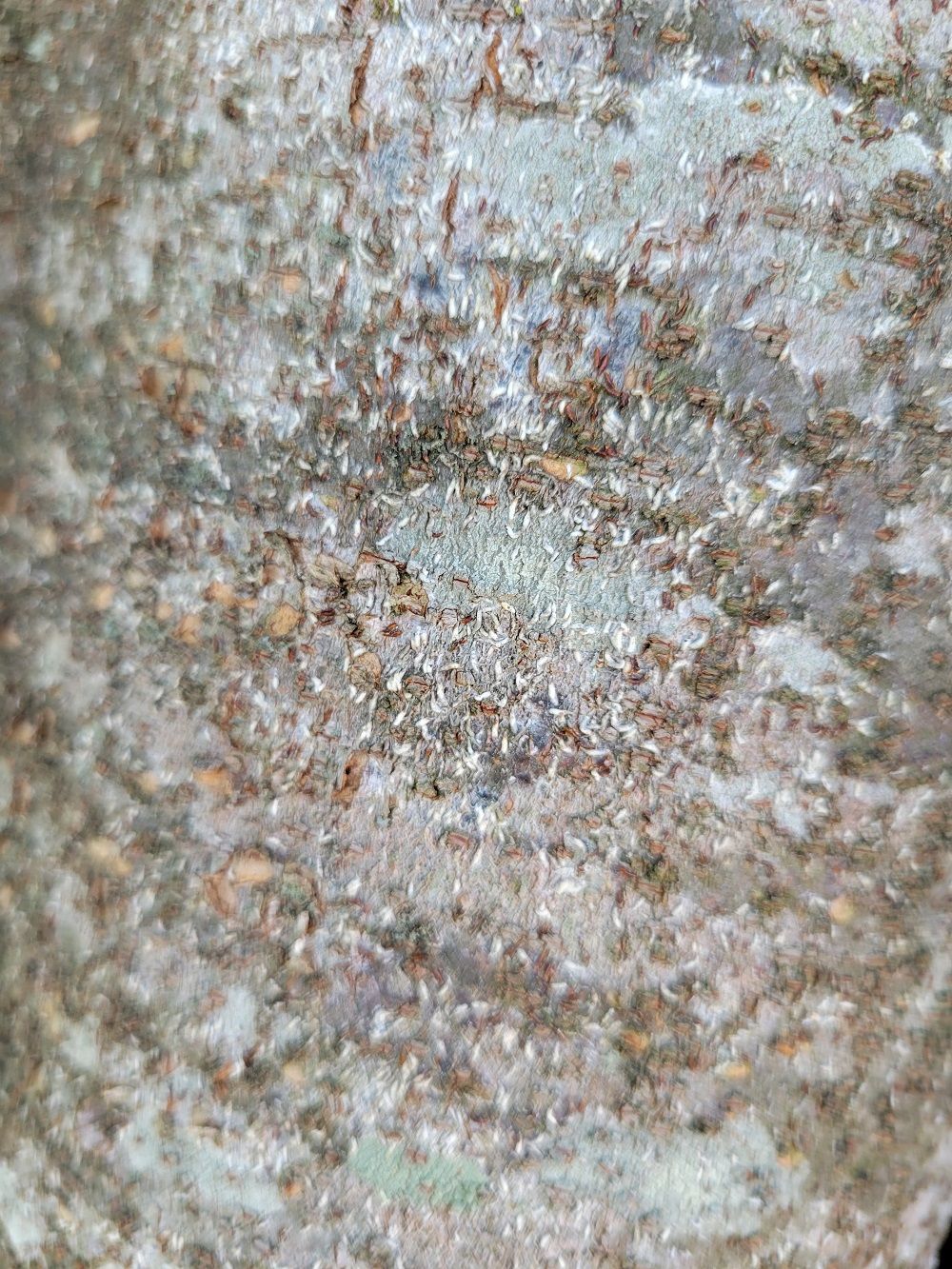
Japanese Maple Scale
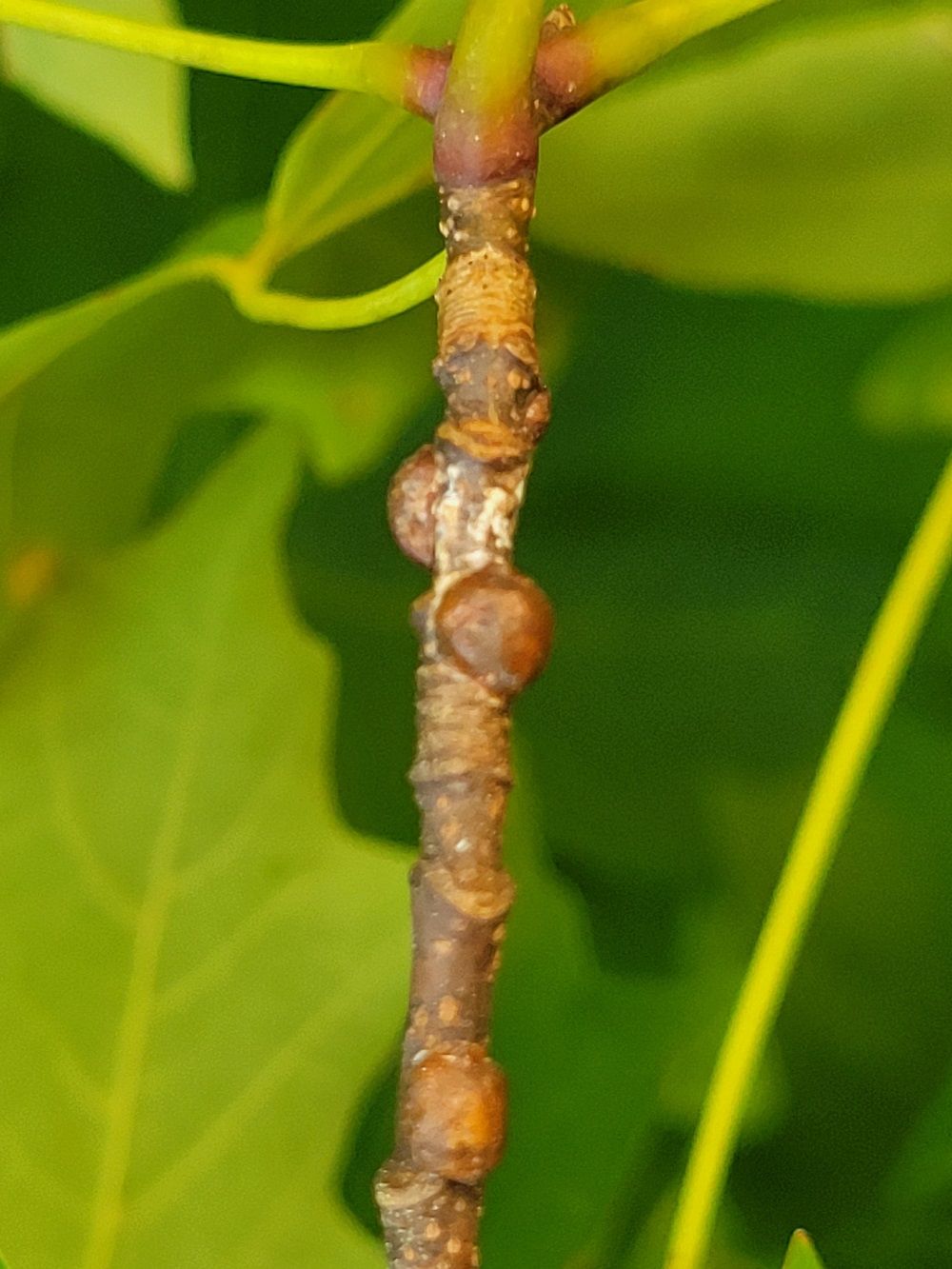
Lecanium Scale
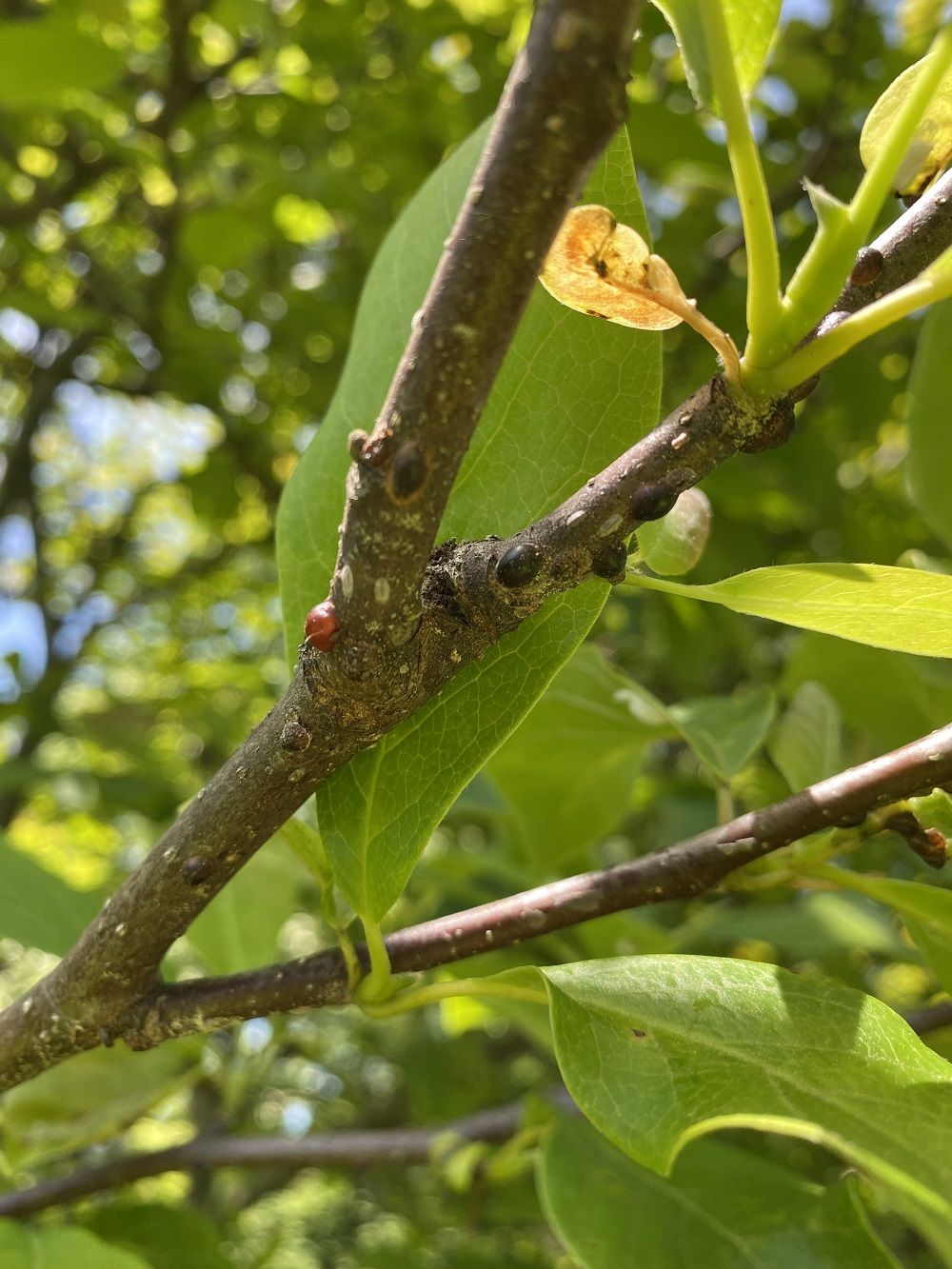
Lecanium Scale
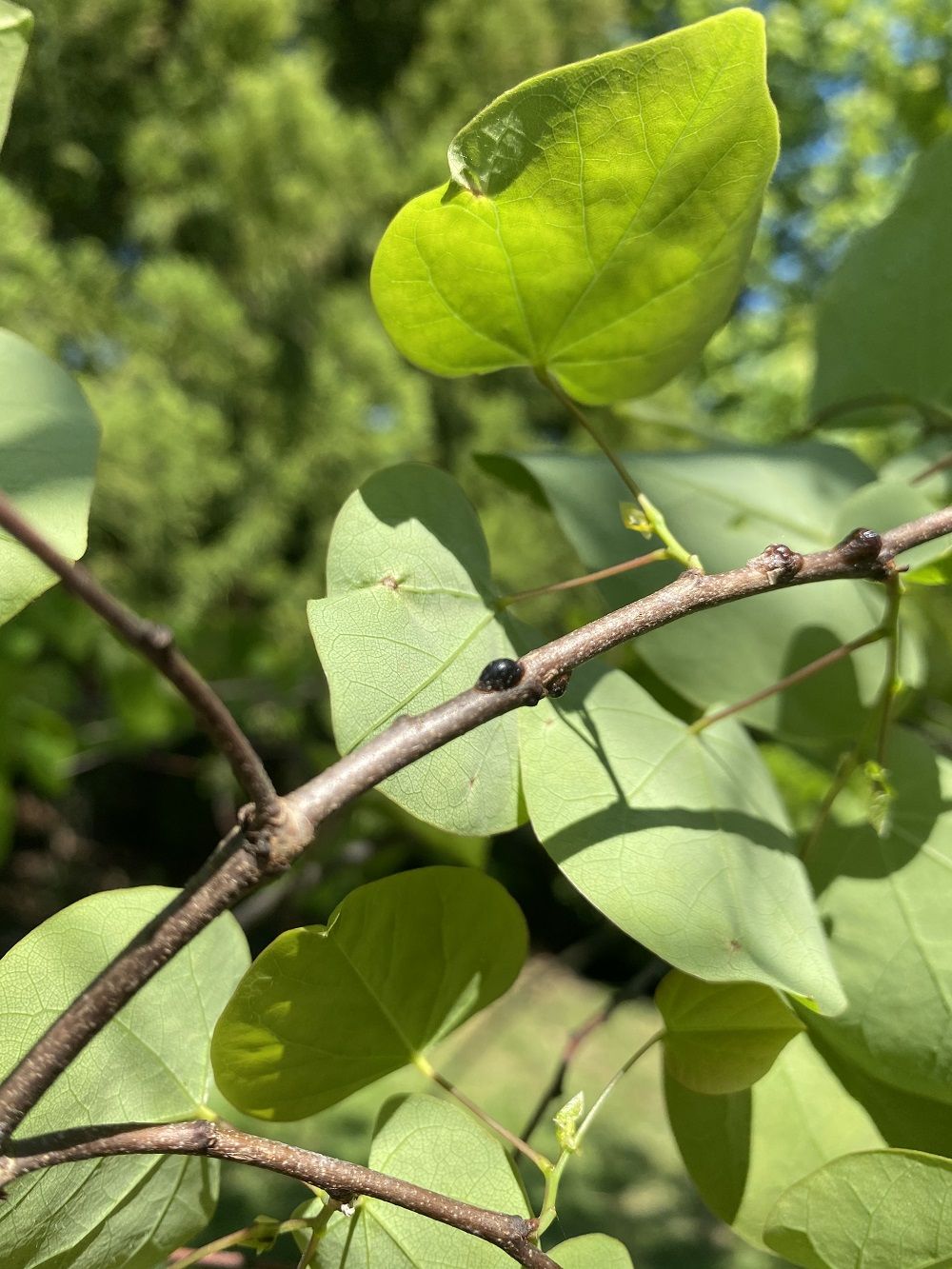
Lecanium Scale
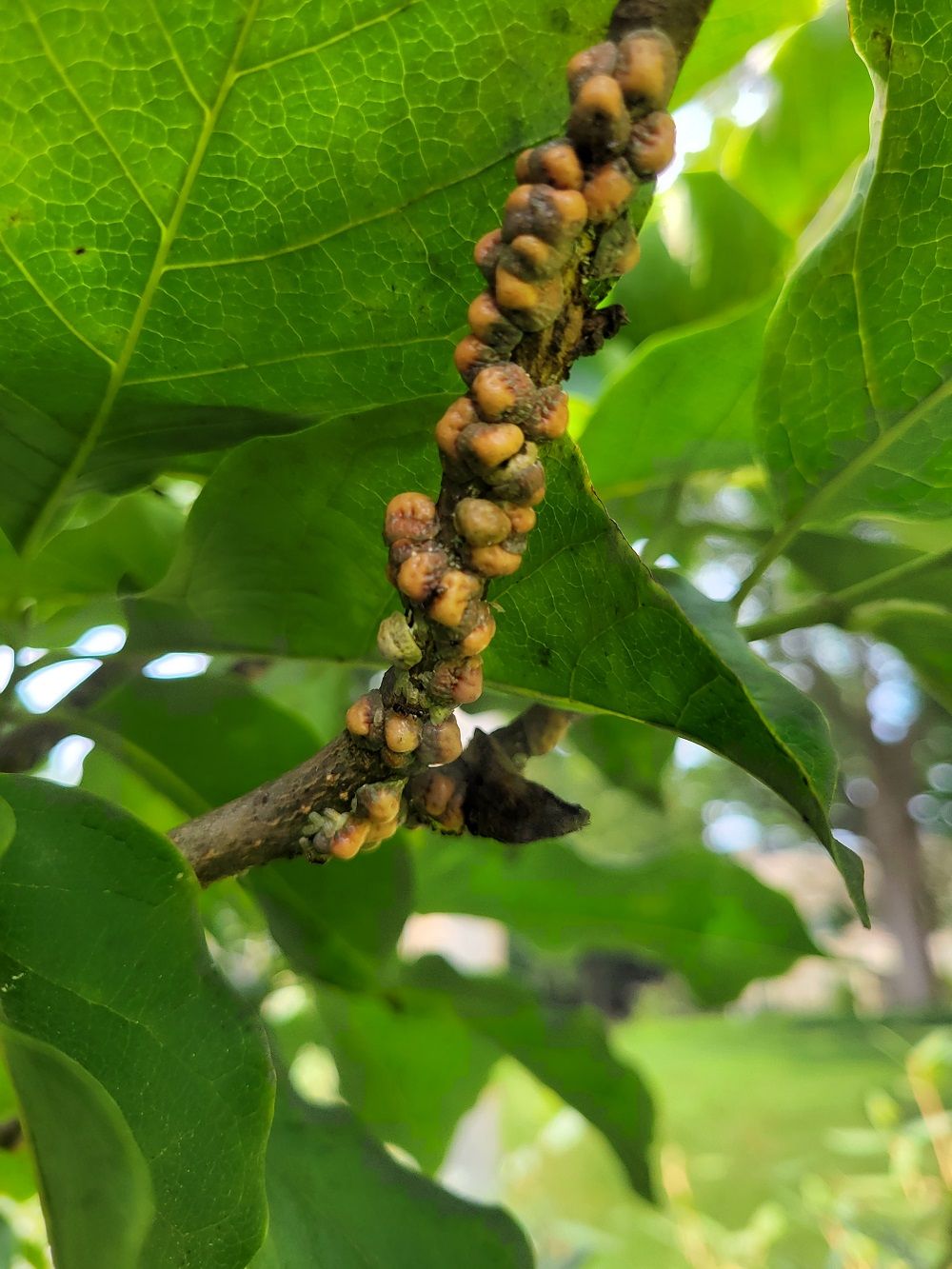
Magnolia Scale
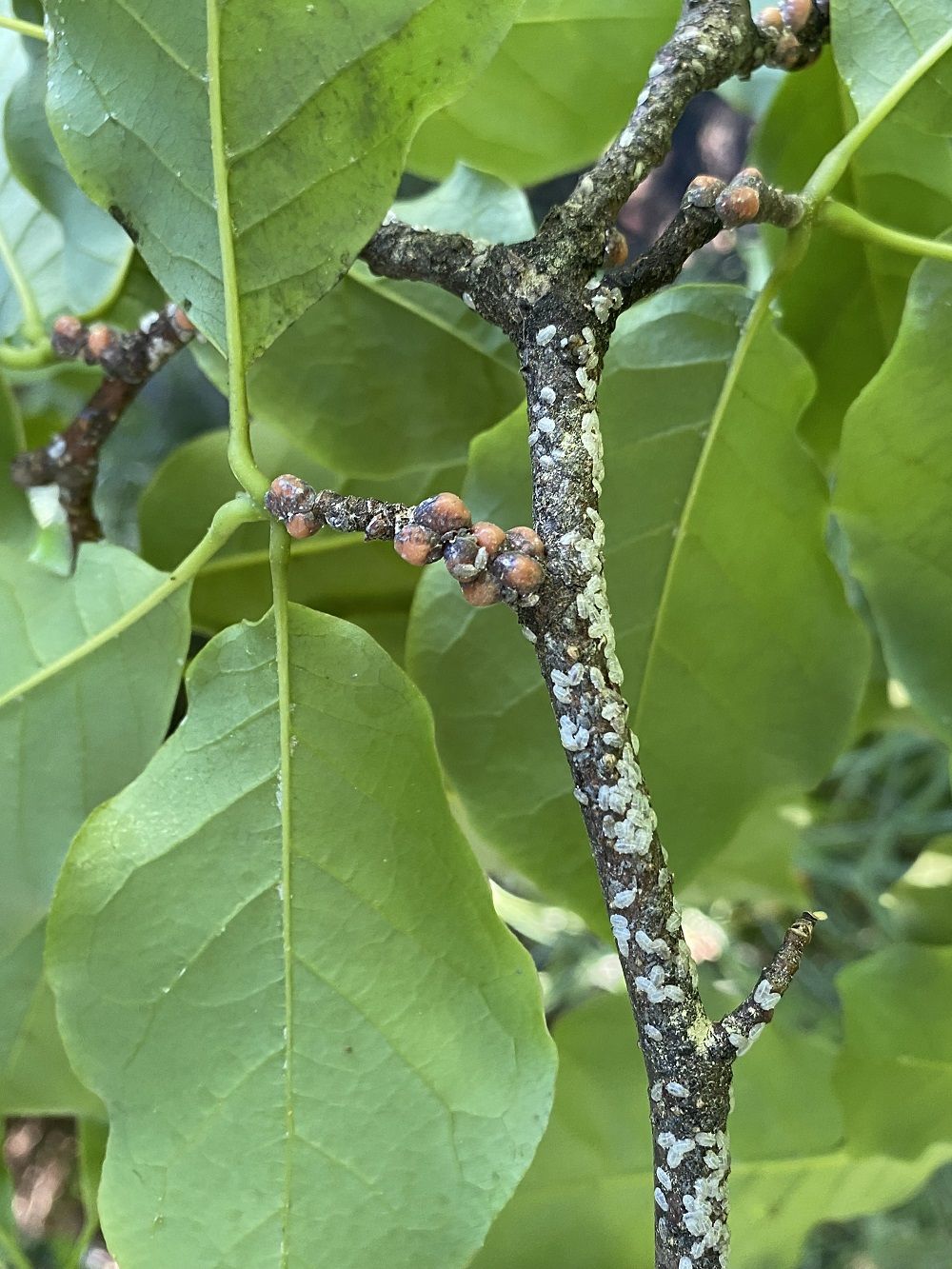
Magnolia Scale
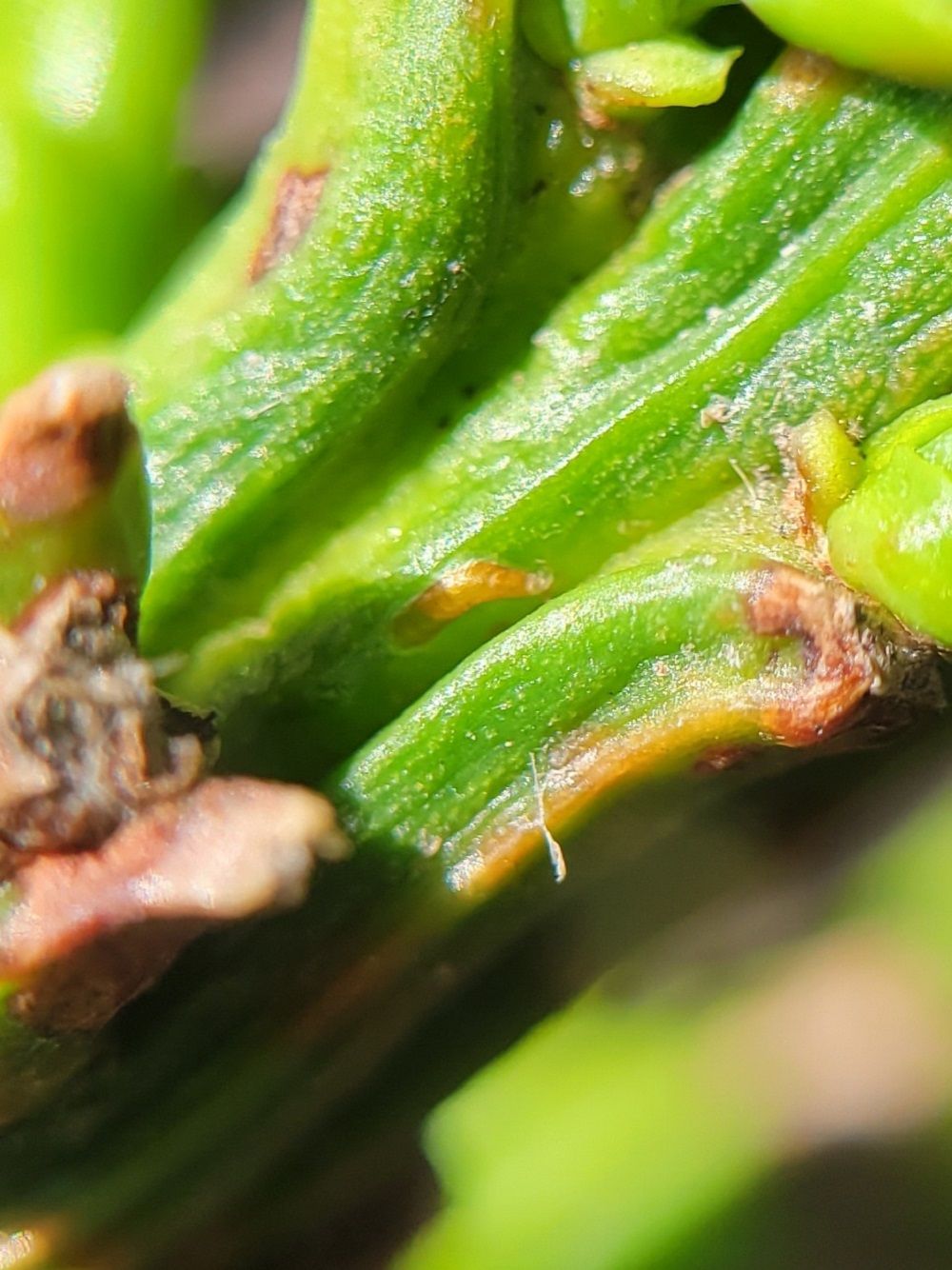
Maskell Scale
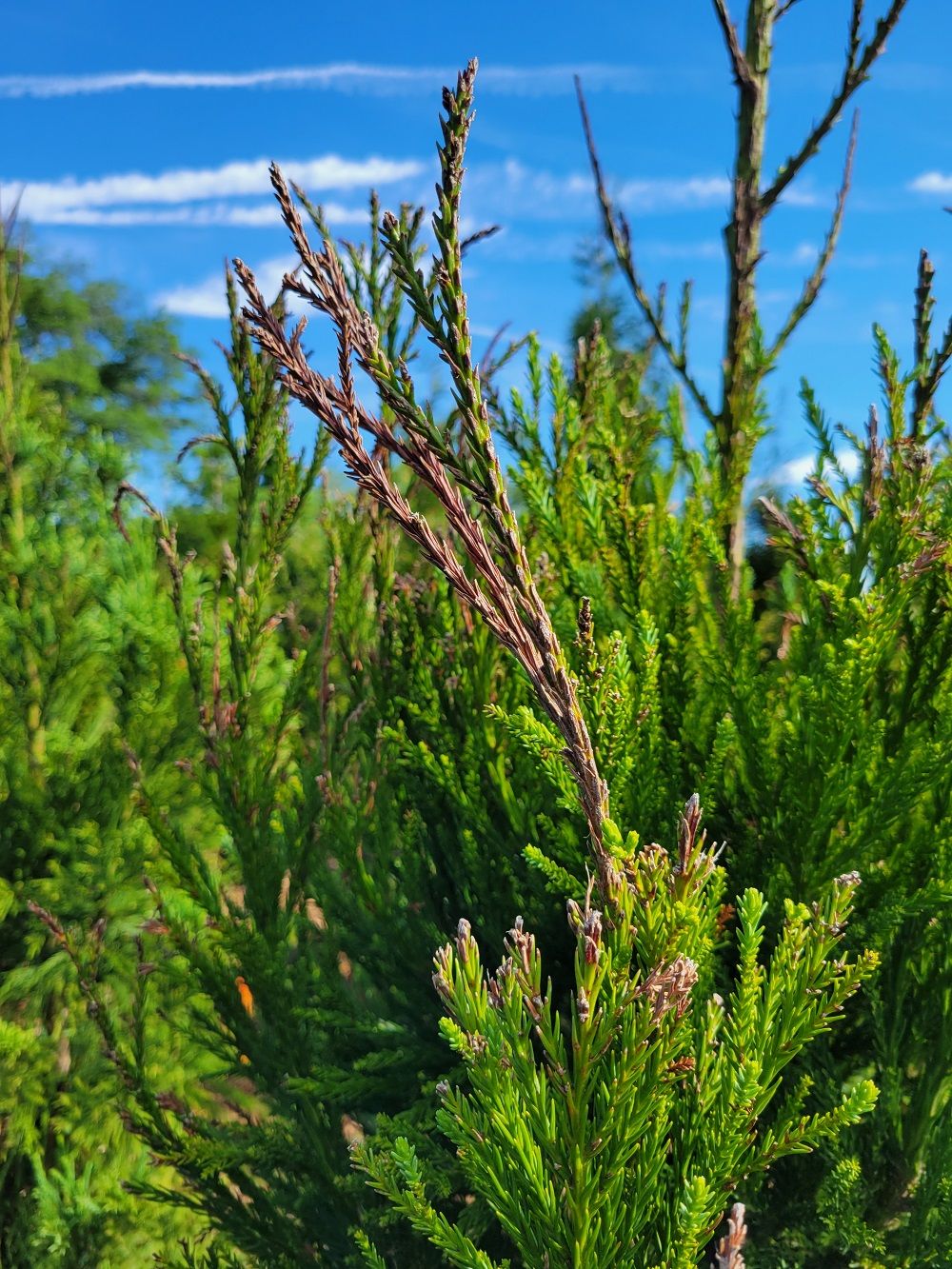
Maskell Scale
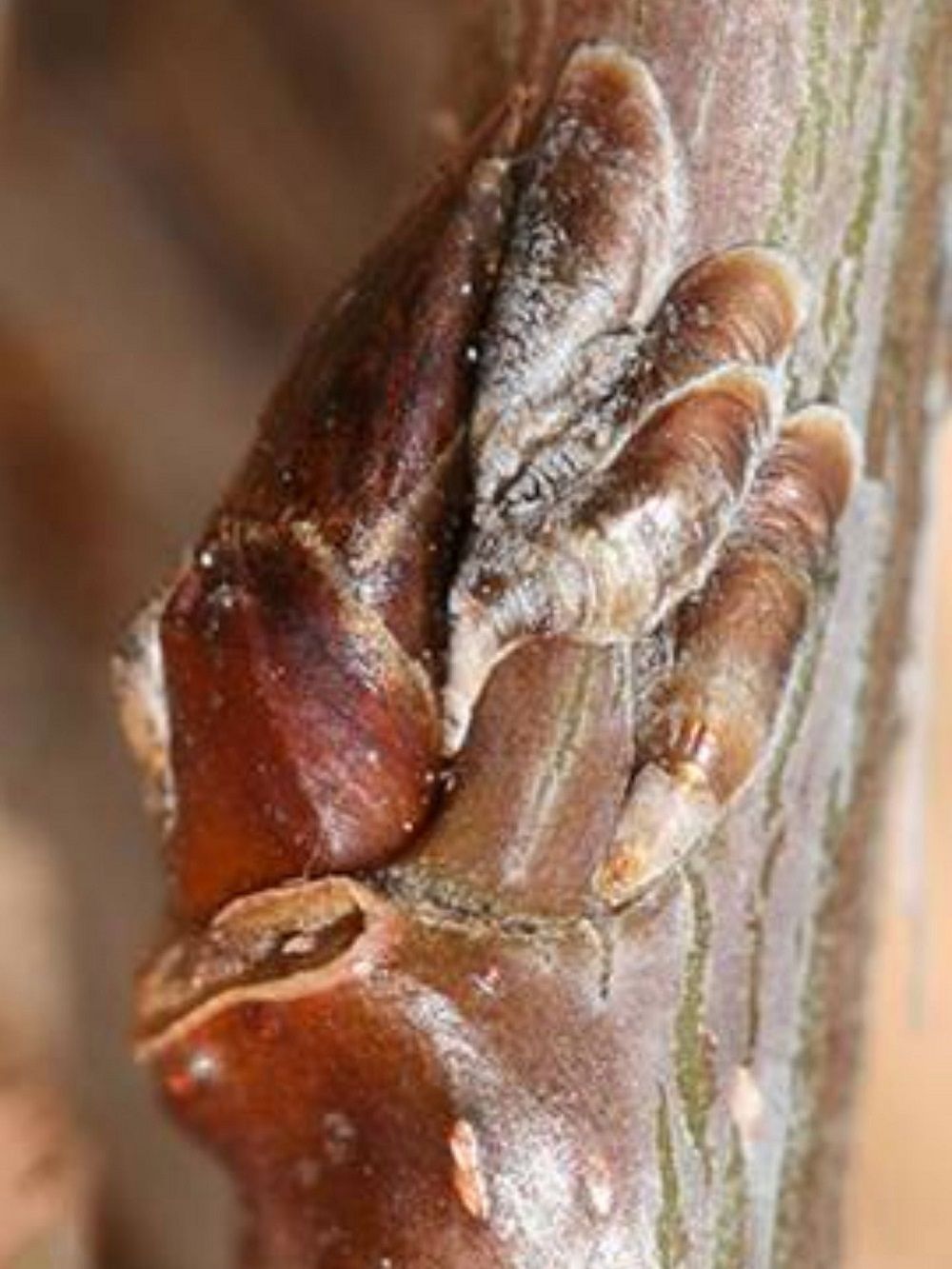
Oystershell Scale
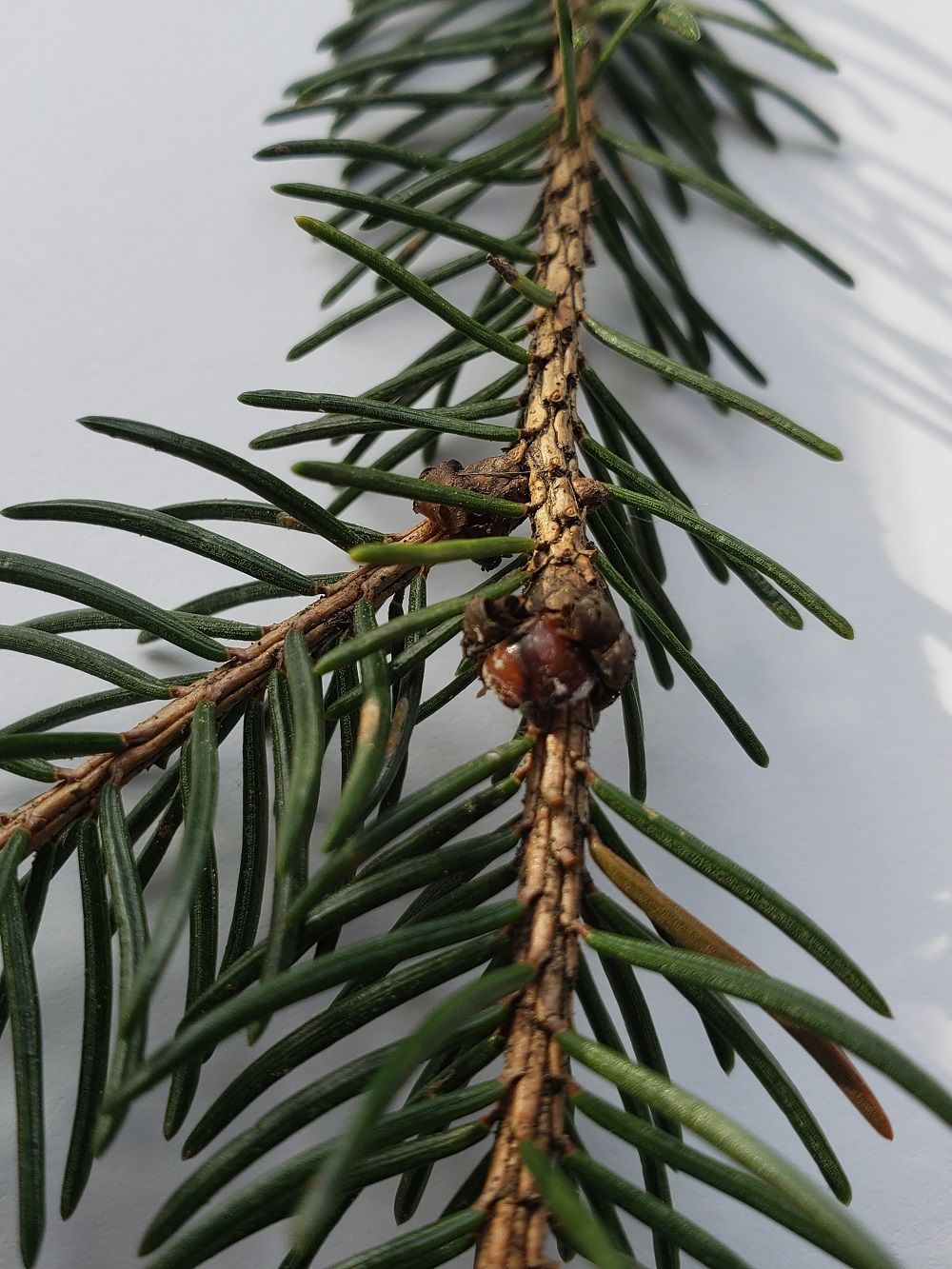
Spruce Bud Scale
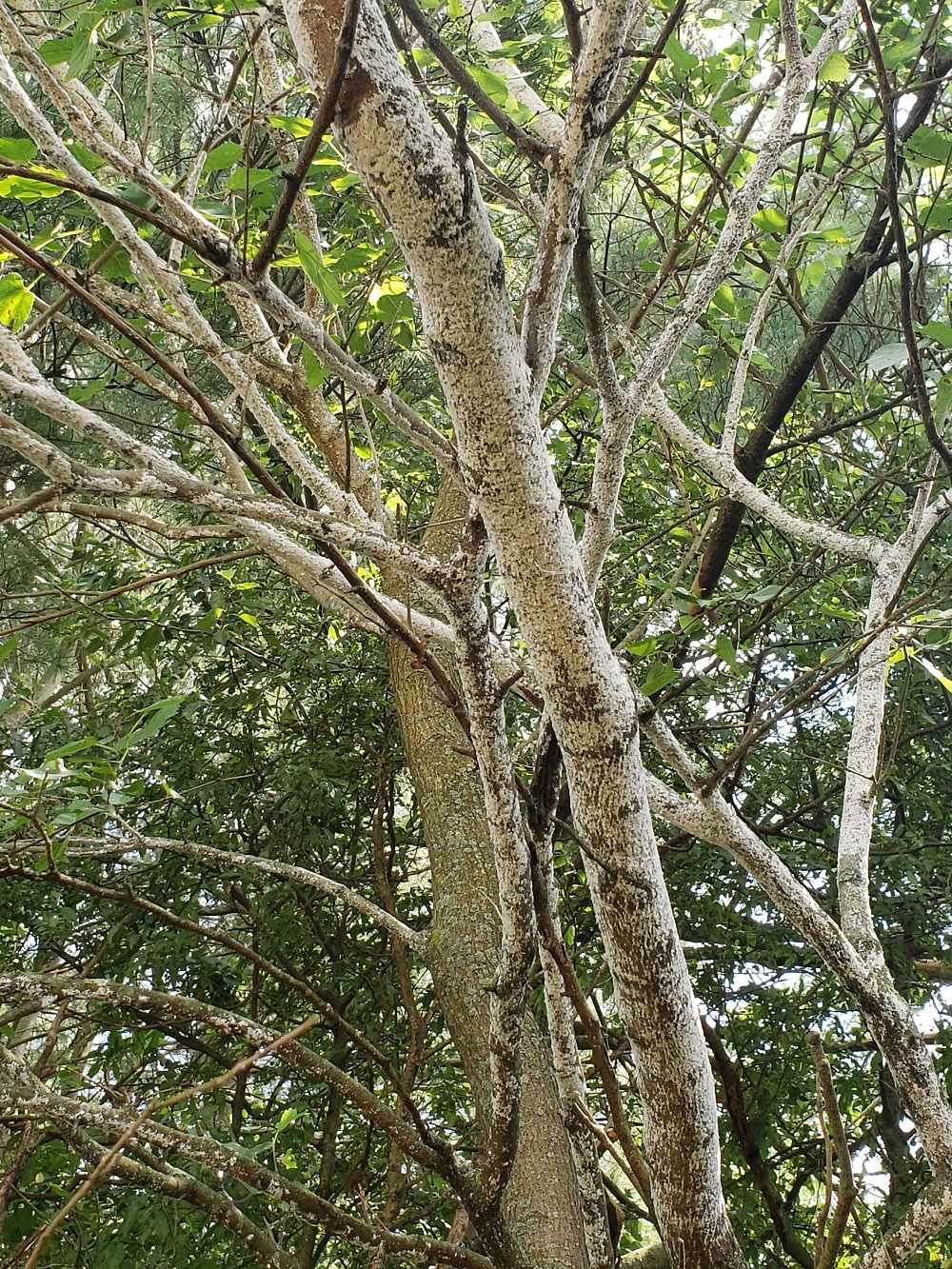
White Prunicola Scale
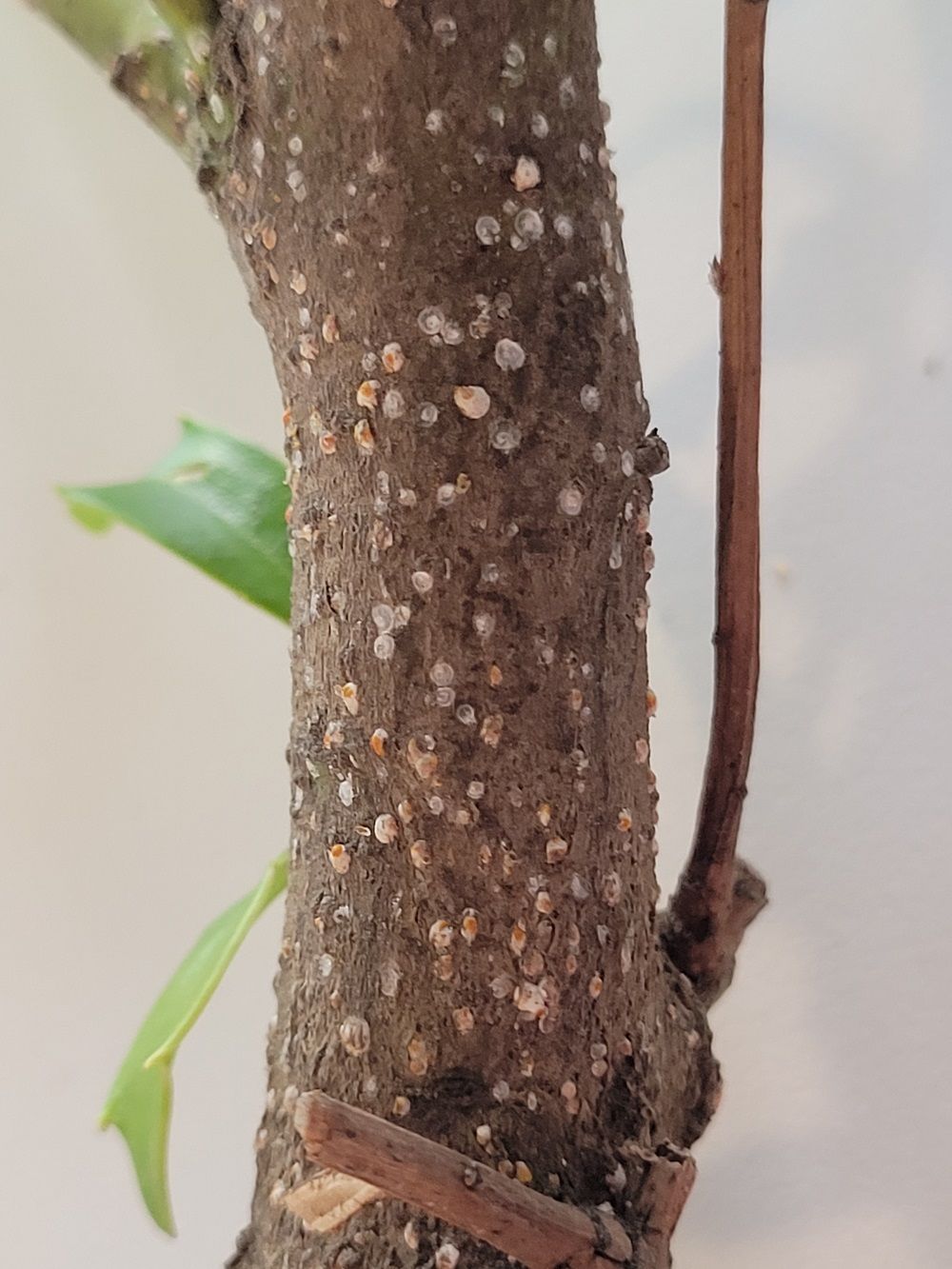
White Prunicola Scale
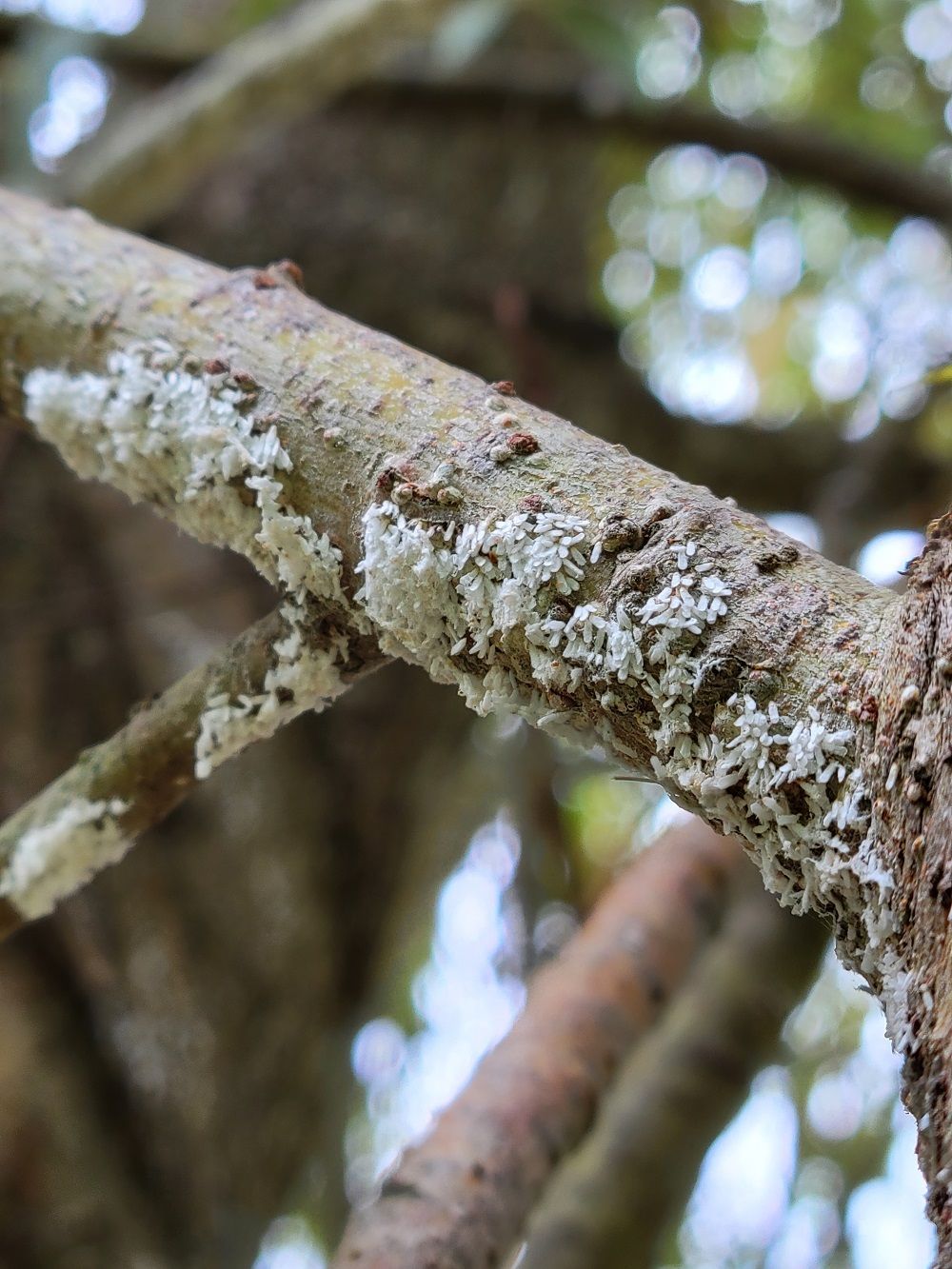
White Prunicola Scale
So…what can be done about scale insects in landscape plants? As with all of our integrated pest management (IPM) programs:
- Inspect and diagnose to determine which pest species is causing the problem.
- Assess the extent of the damage.
- Determine the need for intervention.
- Apply least-damaging control measures.
- Evaluate results and determine the need for follow-up treatment.
With scale insects, there are challenges at each of these steps, from identification of the pest responsible to recognizing an array of plant injury symptoms and from determining the need for intervention to understanding what management tactics will provide the greatest control at the time of application.
Contact Burkholder PHC for Treatment of Scale Insects in Landscape Plants
Although scale insects are a very odd and very primitive group of pests, their behavior and physiology can make them very hard to control, prone to explosive population growth, and very damaging to landscape plants. We would recommend a professional evaluation this winter and spring to determine if properties are currently infested with or at risk of infestation with scale or other pests. The evaluation is free…and proper treatments can bring back the health, vigor, and curb appeal of any landscape. If you are not happy with the appearance of your landscape plants, give us a call!

